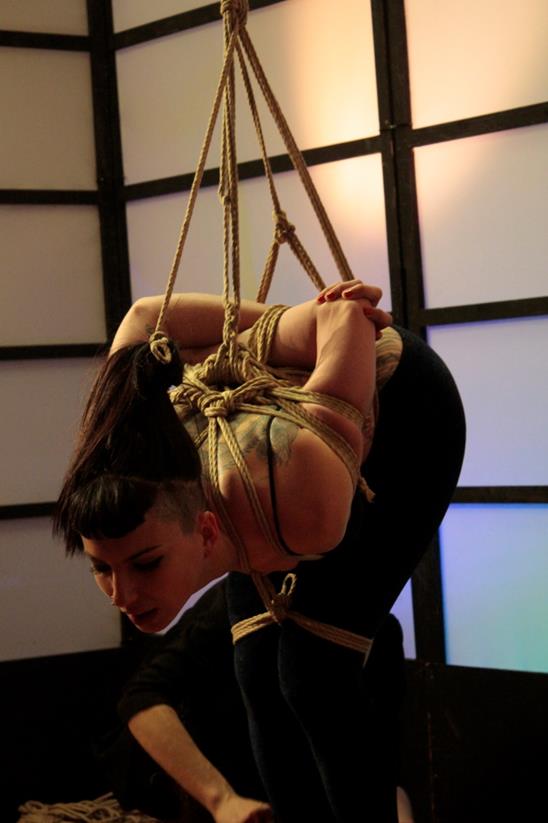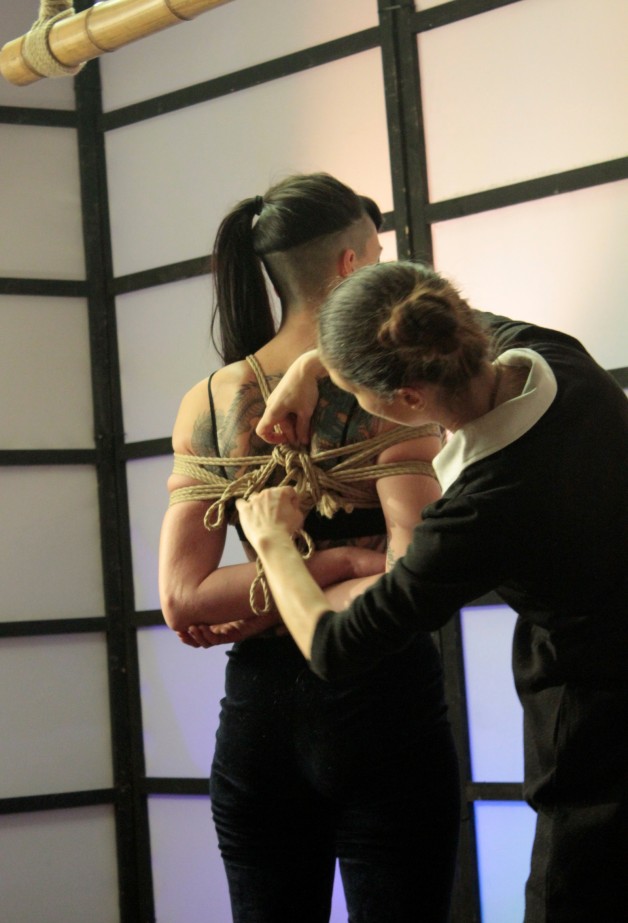It’s a wrap! ‘Ground to Air’ is in the can or, more aptly, on the hard drive as we are in the digital era now. The past two days at Esinem Studios have been a hive of activity. In an unprecedented effort, we even managed to stumble bleary-eyed on set by 9:30am and as a result have around 12 hours of video.
 We have used the back drop familiar from the first series but rather more pleasingly lit this time. Everything has been shot of a pair of Canon 5D’s in HD, so we have stunning quality shots in wide and close-up of all the action, and the audio was monitored by a dedicated sound man. In addition to the footage shot over the past two days, the tutorials will also be supported by existing video and stills from my archives, plus PowerPoint-style slides and diagrams. Having had quite a bit of editing practice, I feel up to the task of putting this all together. I think my knowledge of the subject and how I want to get it across will more than compensate for my lack of professional editing training. Anyway, I have been promised some help with the more technical aspects of post-production, which is the area that is most mysterious to me.
We have used the back drop familiar from the first series but rather more pleasingly lit this time. Everything has been shot of a pair of Canon 5D’s in HD, so we have stunning quality shots in wide and close-up of all the action, and the audio was monitored by a dedicated sound man. In addition to the footage shot over the past two days, the tutorials will also be supported by existing video and stills from my archives, plus PowerPoint-style slides and diagrams. Having had quite a bit of editing practice, I feel up to the task of putting this all together. I think my knowledge of the subject and how I want to get it across will more than compensate for my lack of professional editing training. Anyway, I have been promised some help with the more technical aspects of post-production, which is the area that is most mysterious to me.
The tutorials begin with an introduction and an explanation of how shibari can be reduced to the fundamental form of the single column tie. We examine how this key component really only varies in tension and the method of closure to form almost every tie you use, including those used for suspension. This forms the basis for the first set of ties.
The TK, or as I prefer, gote, is the most iconic example of this principal. As this is a tie with more to it than most realise, I revise the key points and identify points to watch out for before showing several options for adding a third rope. Later, Nina demonstrates a lesser known, but extremely beautiful, form of this classic tie using Marai Masato’s methods with an entirely different third rope.
There discussions on are the pro’s and con’s of floor-based, partial and full-suspension with sections on hardware, safety, and physics, which are then put into practice with exercises covering the practical aspects of rope handling and tying on suspension lines.
Once the basics have been grasped, you will gradually reduce contact with the floor and increase the load born by the ropes. This allows your partner to get used to the sensation and helps you provide the best experience and, most importantly, builds up your skills in a structured manner. Whilst, we cover the classic face-down, face-down and side suspensions for the gote, there are also examples from hip harnesses and futo momo. However, the purpose is not to create a series of paint-by-numbers examples but to provide an understanding of the ingredients and how they work together to allow you to create your own recipes. For this reason, we have not concentrated on any one style but picked out techniques from those who have inspired us. Naturally, much has come from our teachers who include Yukimura Haruki, Osada Steve, Kinoko Hajime, Naka Akira, Kazami Ranki and Arisue Go but also from others who we have so far only studied on video like Marai Masato. One think that has become clear from the breadth of our studies is that there is no one right way to tie, although there are many wrong ways. There is no doubt that the afore-mentioned esteemed gentlemen have all come up with brilliant solutions in very different ways. When one understands the commonality, it helps a lot with creativity and safety. Hopefully, the new DVDs will aid this process.
The first DVDs set a standard for shibari tutorials that has yet to be matched by an English language production. These will raise the bar much higher, not only in terms of production values but also in the depth and way in which the subject is covered. To me, many shibari tutorials seem like trying to teach good sex only through diagrams in that they miss the whole point of how you do it by merely concentrating on the steps of the process. To avoid this, once again, we are showing how to ‘tie people, not parcels’. It is this that is the essence of kinbaku, not just making pretty patterns or even dangling them from the ceiling.

